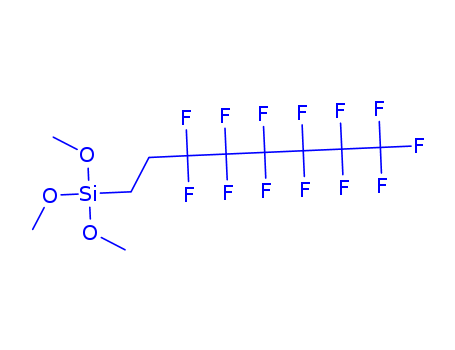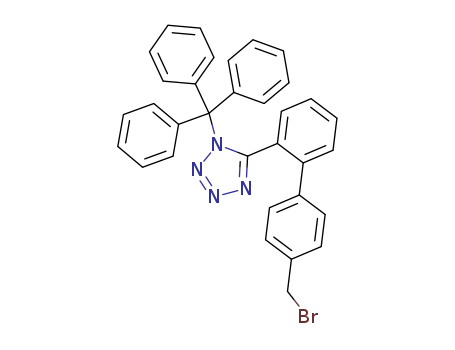|
Description
|
Piperonyl butoxide (PBO) is a water insoluble colorless to pale yellow liquid that was developed in the 1940s to increase the effectiveness of various pesticides. It is currently registered as an active ingredient in more than 1500 products used for indoor or outdoor pesticides, including agricultural maintenance of some food crops.
|
|
Chemical Properties
|
Light Yellow Liquid
|
|
Uses
|
Piperonyl butoxide is used as a synergist for pyrethrins and their synthetic analogues.
|
|
General Description
|
Pale yellow to light brown liquid with a mild odor and a faint bitter taste.
|
|
Air & Water Reactions
|
Insoluble in water.
|
|
Reactivity Profile
|
Piperonyl butoxide can react with oxidizing materials.
|
|
Fire Hazard
|
Piperonyl butoxide is combustible.
|
|
Agricultural Uses
|
Insecticide synergist: A U.S. EPA restricted Use Pesticide (RUP). Not listed for use in EU countries. Piperonyl butoxide is a synergist, i.e., not a pesticide itself, but enhances the properties of other chemicals. It is used with other pesticides such as pyrethrins, pyrethroids, rotenone and carbamates in food and non-food agricultural products, home and garden products, termite and mosquito products, and veterinary pesticide products. It inhibits the insect’s ability to break down an insecticide before it takes effect, thereby prolonging the action, and reduces the necessity for using a stronger formulation.
|
|
Trade name
|
The U.S. EPA lists 7,340 products containing this substance, 1,622 of which are active
|
|
Safety Profile
|
Poison by skin contact. Moderately toxic by ingestion and intraperitoneal routes. An experimental teratogen. Experimental reproductive effects. Many glycol ether compounds have dangerous human reproductive effects, Questionable carcinogen with experimental tumorigenic data. Mutation data reported. Combustible when exposed to heat or flame; can react with oxidizing materials. To fight fire, use foam, CO2, dry chemical. When heated to decomDosition it emits PLATINOL 0 cis-PLATlNUM(II) DIAMMINE- DICHLORIDE
|
|
Environmental Fate
|
PBO is rapidly degraded (half-life 8 h) in the environment by photolysis and is metabolized by soil microorganisms. Its estimated atmospheric half-life is approximately 3 h.
|
|
Metabolic pathway
|
Piperonyl butoxide is used primarily in admixture with pyrethrins and some of the pyrethroids to enhance and prolong their insecticidal action. Much of this use is in domestic and industrial situations. Metabolism studies were conducted soon after its discovery and first use in the 1950s and 1960s. The main impetus initially was to understand the mode of action as a synergist. When this was shown to be due to the inhibition of oxidative metabolism, further studies were conducted to address possible toxic interactions with other pesticides and drugs in man. Piperonyl butoxide undergoes rapid photodegradation and microbial degradation in soil. It is also rapidly metabolised in insects and mammals by oxidative attack at the methylenedioxy carbon atom and in the side chain. A comprehensive review by Casida (1970) describes the chemistry, mode of action and metabolism of piperonyl butoxide and several related methylenedioxyphenyl compounds. Though published nearly 30 years ago, the review remains a very useful compilation of a large amount of information, supported by more than 300 references.
|
|
Degradation
|
Piperonyl butoxide is stable to hydrolysis at pH 5,7 and 9 in sterile buffers in the dark at 25 °C. It is rapidly degraded in aqueous solution at pH 7 in sunlight with a DT50 of 8.4 hours (PM). The compound was found to be relatively stable under a variety of irradiation conditions as a thin film on glass or in organic solvent (methanol, benzene and cyclohexane). Loss of the butoxyethoxy side chain was observed to give 5-methyl-6-propyl-l,3- benzodioxole (2), butoxyethanol (3) and ethanediol (4) (Fishbein and Gaibel, 1970). These studies did not utilise radiolabelled compound. The partial pathways are shown in Scheme 1.
|
|
Toxicity evaluation
|
As a synergist, PBO inhibits mixed-function oxidases, including cytochrome P450, and resistance-associated esterases that allow insects to degrade an insecticide, allowing enhanced insecticide efficacy. It does not effectively act as a synergist in mammals.
|
|
Consumer Uses
|
This substance is used in the following products: biocides (e.g. disinfectants, pest control products) and plant protection products. Other release to the environment of this substance is likely to occur from: indoor use as processing aid and outdoor use as processing aid.
|














